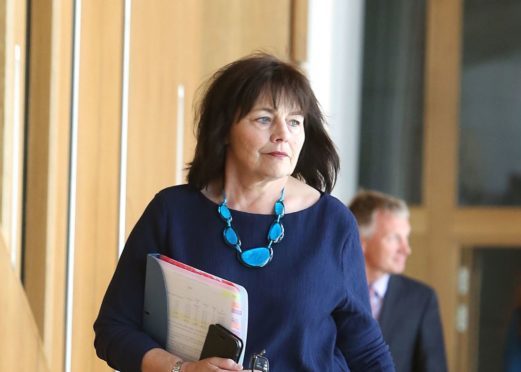Doctors’ leaders yesterday expressed concern about unfilled GP training posts following the publication of official medical recruitment figures.
The BMA said the figures had uncovered “huge gaps” when it came to training family doctors and psychiatrists.
Although nine out of ten medical training posts in Scotland are currently filled, the figures showed that 50 GP training places are vacant.
Across Scotland, 89% of posts were filled, the highest level in five years at this stage in recruitment.
Specialities such as clinical radiology, paediatrics and general surgery showed 100% fill rates.
GP recruitment has been a matter of long-standing concern particularly in rural areas. The figures showed that 83.92% of GP training posts had been filled, less than the 89% overall average.
Of 311 GP posts, 50 were unfilled. In core psychiatry, 41 of the 57 posts advertised were filled – a rate of 72%.
Dr Lewis Hughes, chairman of BMA Scotland’s Junior Doctors Committee, said: “Recruitment and retention of valuable, skilled doctors is an issue here in Scotland, and it is a fact that we need more doctors to cope with the ever-increasing demands of a growing and ageing population on our NHS.
“It is good to see that, overall, more training posts are being filled. However, it is concerning that there remain huge gaps in recruitment for trainee recruitment in areas such as psychiatry and general practice.”
Dr Hughes added his belief that the Scottish Government needed to ensure that trainee doctors stayed in Scotland after training.
Tory health spokesman Miles Briggs said: “Scotland has been in the grip of an NHS staffing crisis for several years now thanks to this SNP Government.
“These improvements scratch the surface of the workforce crisis we are facing, with there still being a worrying shortage of doctors both in hospitals and in local practices.”
However, Health Secretary Jeane Freeman said the recruitment rates, which had increased to 89% in 2019 from 85% in 2018, were “very encouraging”.
She added the figures reflected “Scotland’s reputation as a country with a first-class medical education system and flexible training opportunities”.
“We recognise there are still on-going challenges when it comes to recruiting to certain medical specialities and geographical areas, and are continuing to address these issues.”










